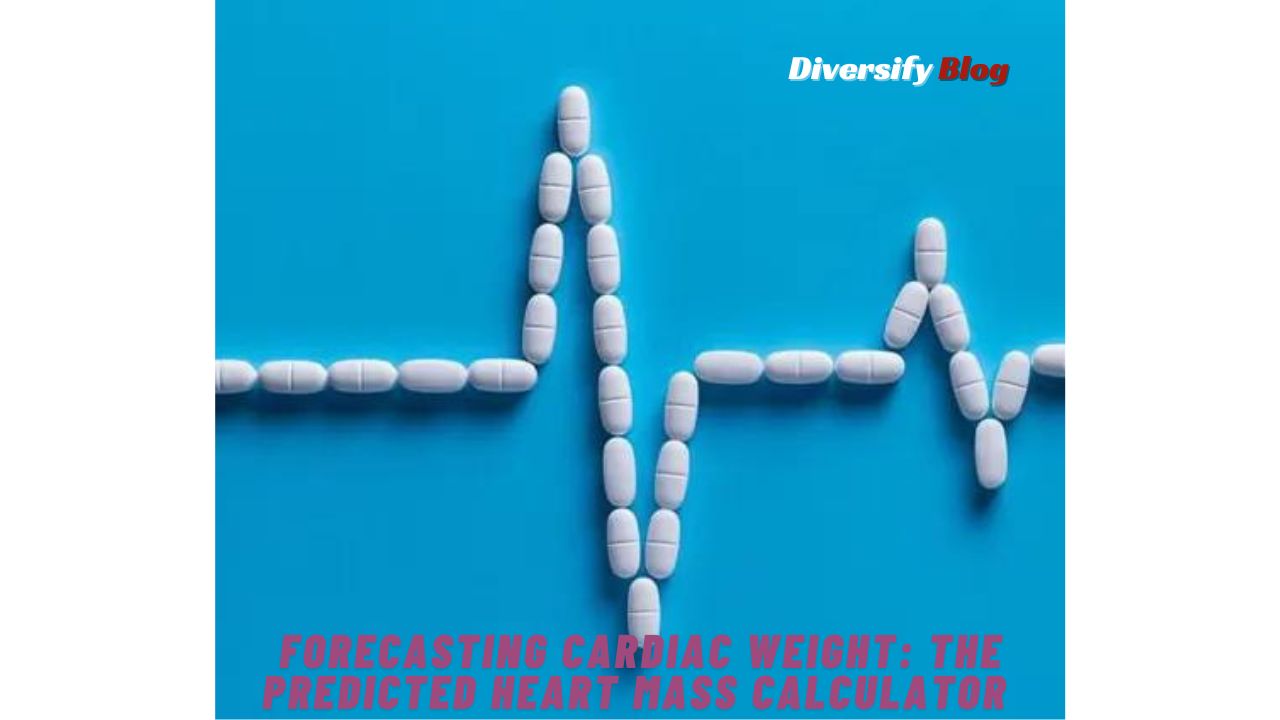Introduction:
Heart transplantation offers a lifeline to individuals with severe heart failure. However, successful transplantation hinges on a critical factor: donor-recipient size matching. Traditionally, body weight has been used as the primary metric for this purpose. However, a growing body of research suggests that body weight isn’t always an accurate predictor of heart size. This is where the Predicted Heart Mass (PHM) calculator comes in, offering a more precise approach to donor-recipient heart matching.
Table of Contents
The Limitations of Body Weight Matching:
Body weight undoubtedly influences heart size to an extent. However, other factors like body composition, height, and even sex play a significant role. Individuals with a larger build, particularly those carrying more muscle mass, may have a heavier heart despite a similar body weight to someone with a higher percentage of body fat.
This mismatch between body weight and heart size can lead to suboptimal outcomes in heart transplants. A recipient with a larger heart than the donor’s (undersized donor) may experience difficulties fitting the donor heart within their chest cavity. Conversely, a recipient with a smaller heart than the donor’s (oversized donor) may struggle with a heart that’s too powerful for their circulatory system.
The Rise of Predicted Heart Mass:
The limitations of body weight matching led researchers to explore alternative metrics for donor-recipient size matching. Predicted Heart Mass (PHM) emerged as a more accurate and reliable approach. The PHM calculator takes into account several factors that influence heart size, providing a more comprehensive picture of the donor’s heart compared to the recipient’s needs.

Unveiling the Secrets of the PHM Formula:
The PHM calculator utilizes a specific formula to estimate the heart mass of both the donor and the recipient. This formula incorporates factors like:
- Height: Taller individuals tend to have larger hearts.
- Weight: While not the sole determinant, weight still plays a role.
- Age: Ageing can affect heart size in complex ways, with right ventricular mass often increasing slightly.
- Sex: Men generally have larger hearts than women due to physiological differences.
By factoring in these variables, the PHM calculator provides a more accurate prediction of the actual heart size for both the donor and the recipient.
Putting the Formula into Action: Using the PHM Calculator
The PHM calculator is a valuable tool for healthcare professionals involved in heart transplantation. It’s typically an online tool readily accessible to transplant teams. Users simply input the donor’s and recipient’s age, height, weight, and sex. The calculator then generates a PHM value for each individual.
Interpreting the Results: The Donor-Recipient PHM Ratio
Once the PHM values for both the donor and recipient are obtained, the donor-recipient PHM ratio is calculated. This ratio provides a clearer picture of the size match between the two hearts. Ideally, the donor-recipient PHM ratio should be close to 1, indicating a good size match. Ratios significantly lower than 0.8 may be associated with increased risks for the recipient after transplantation.

The Impact of PHM on Transplant Outcomes
Studies have shown that using PHM for donor-recipient size matching can lead to improved transplant outcomes. Recipients who receive hearts with a good PHM match (donor-recipient PHM ratio close to 1) tend to have a better prognosis compared to those with a significant mismatch. This translates to a lower risk of complications, improved survival rates, and potentially faster recovery times after transplantation.
Beyond Transplants: Broader Applications of PHM
The PHM concept isn’t limited to heart transplantation alone. The ability to estimate heart size accurately can be beneficial in various clinical settings. For instance, cardiologists can leverage PHM to assess potential heart problems in individuals with risk factors like obesity or hypertension. Deviations from predicted heart mass based on individual characteristics might warrant further investigation.
The Future of PHM: Ongoing Research and Refinement
While PHM has established itself as a valuable tool, ongoing research continues to refine its accuracy and explore new applications. Studies are investigating the influence of additional factors like ethnicity and genetic variations on heart size. Additionally, researchers are exploring the potential of incorporating imaging techniques like echocardiography to further personalize the PHM calculation.
Conclusion: A Precise Approach to Heart Care
The Predicted Heart Mass calculator represents a significant advancement in the field of heart transplantation. By moving beyond the limitations of body weight matching, PHM offers a more precise and reliable method for donor-recipient size matching. This not only improves transplant outcomes but also holds promise for broader applications in heart health assessment and management.

What is the Predicted Heart Mass Calculator?
The Predicted Heart Mass Calculator is a tool designed to estimate the weight or mass of the heart based on various physiological parameters
Why is forecasting cardiac weight important?
Forecasting cardiac weight is crucial for assessing cardiac health, understanding cardiovascular diseases, and planning surgical interventions or treatments.
How does the Predicted Heart Mass Calculator work?
The calculator utilizes mathematical models and algorithms based on parameters such as age, gender, body weight, height, and possibly other clinical data to predict the mass of the heart.



















